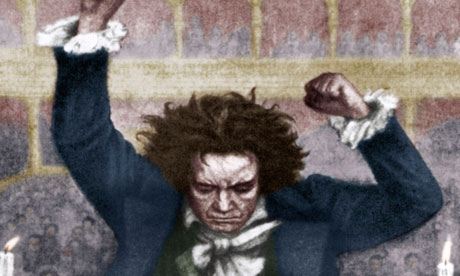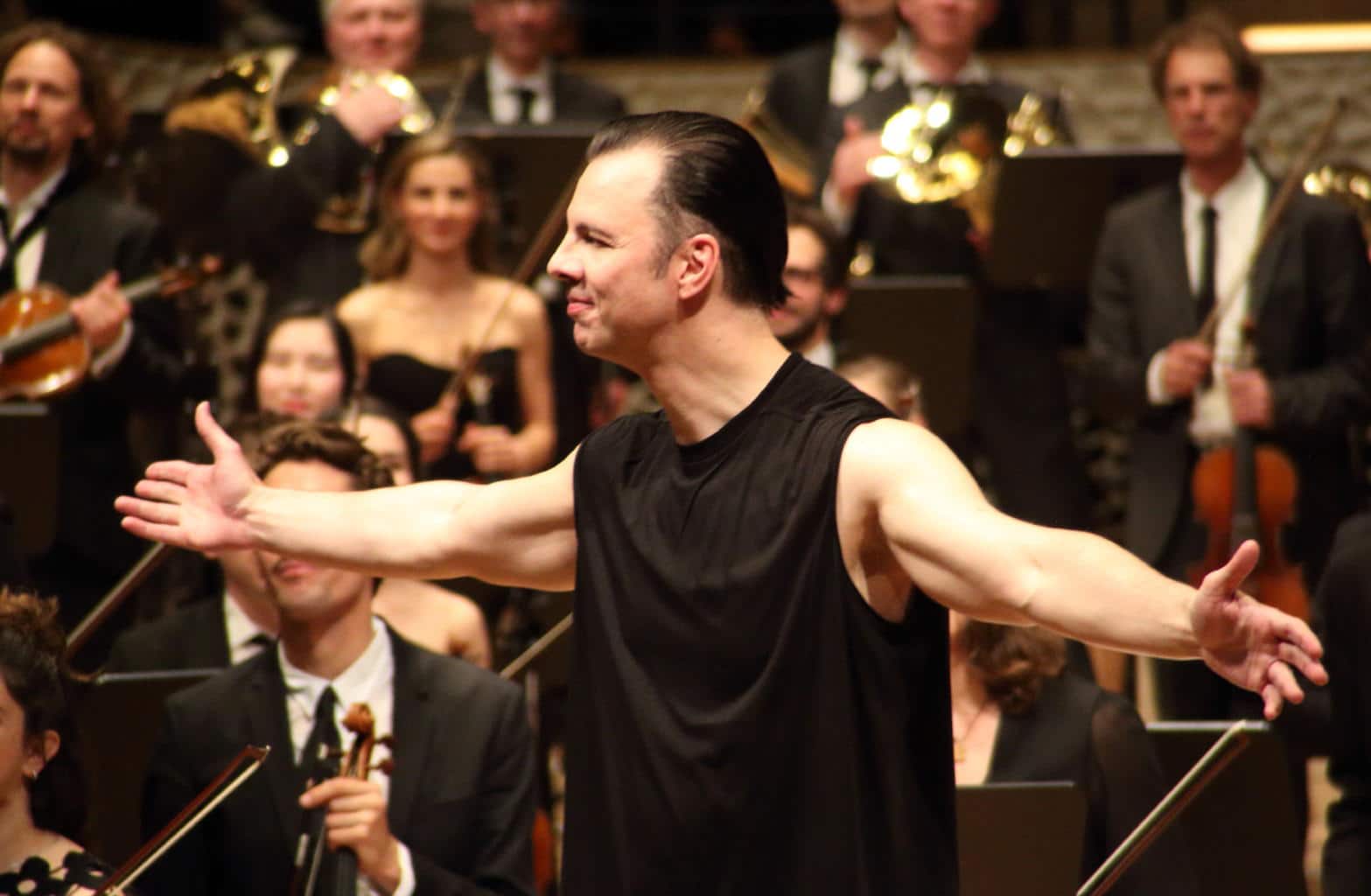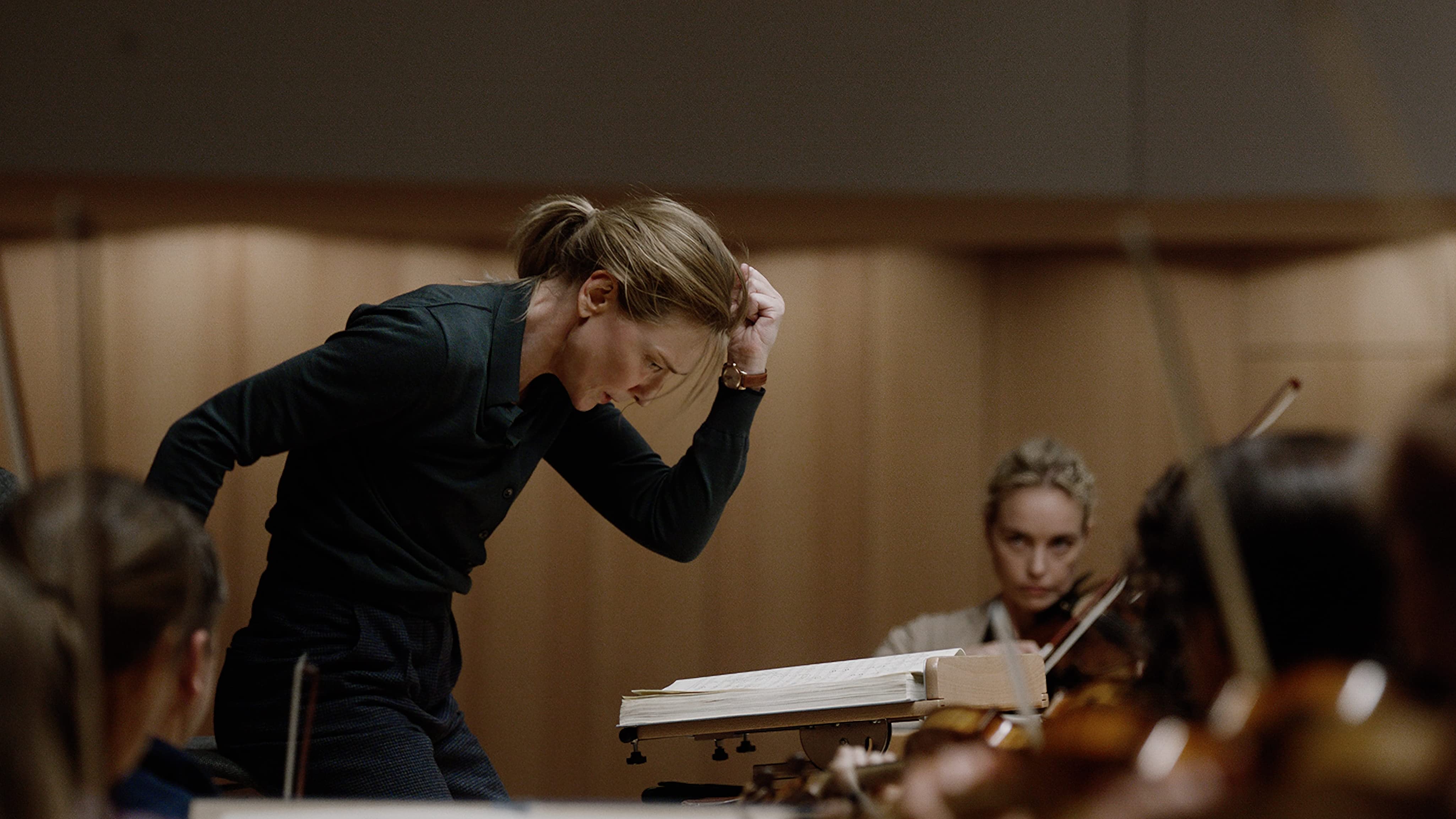Beethoven gets really animated
mainSee what you think about this.
I found it oddly hypnotic.


For 38 consecutive years, the Last Night of…

Having slashed the executive team last July, the…

‘Am I a criminal?’ demands the Greek-Russian conductor…

Hollywood’s Australian superstar, 55, has had it up…

Session expired
Please log in again. The login page will open in a new tab. After logging in you can close it and return to this page.
Comments